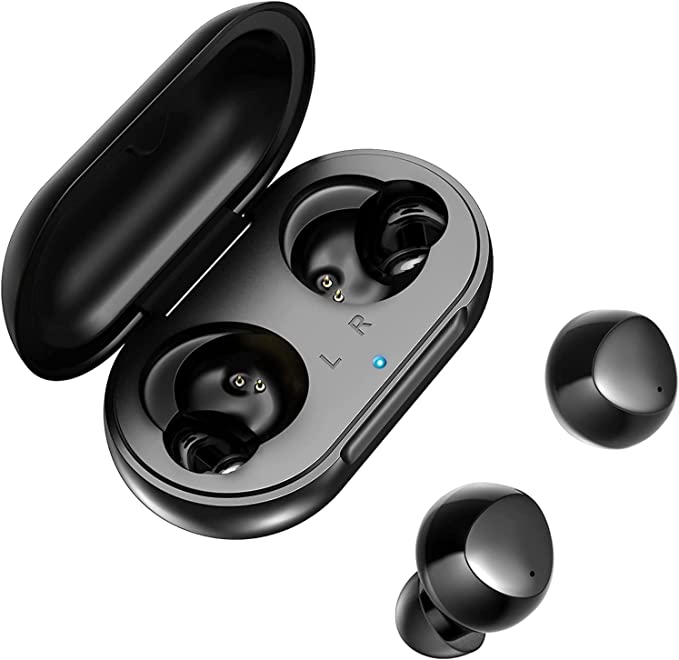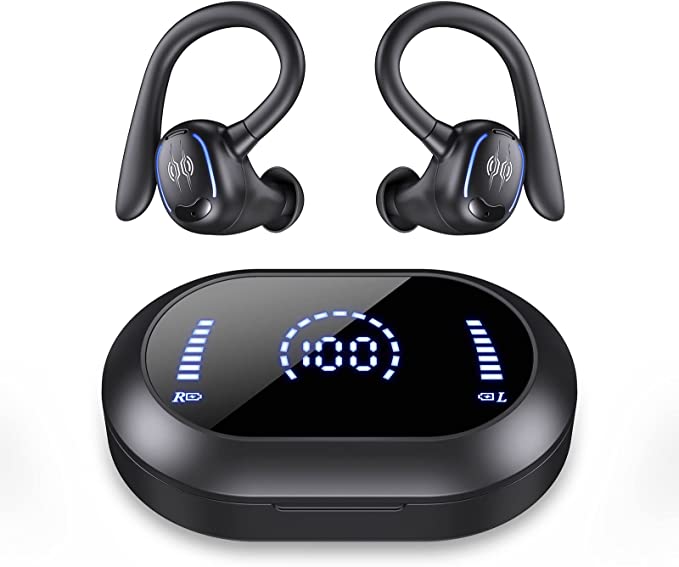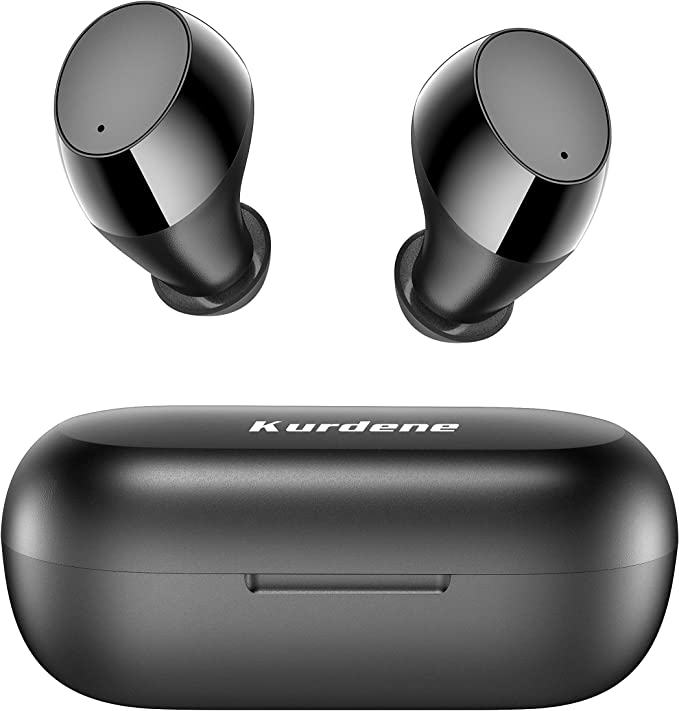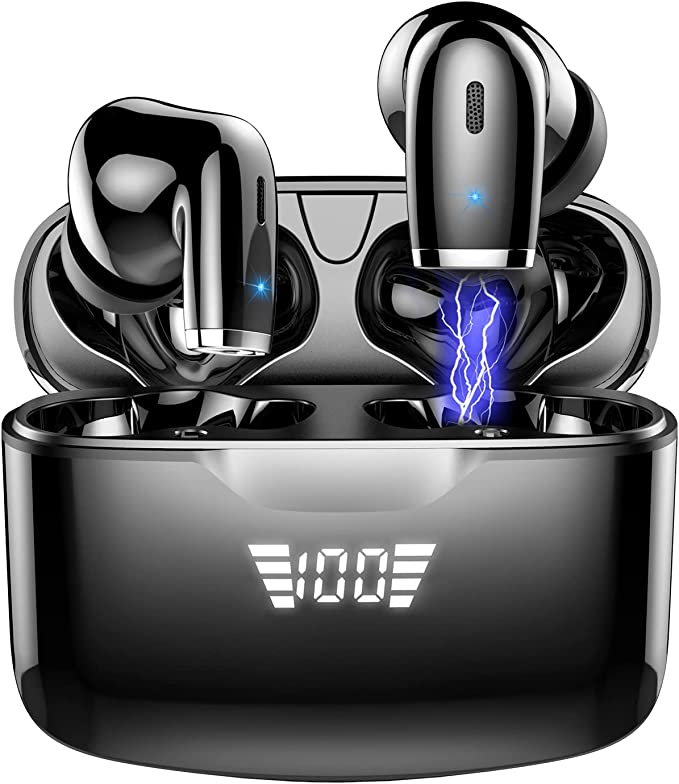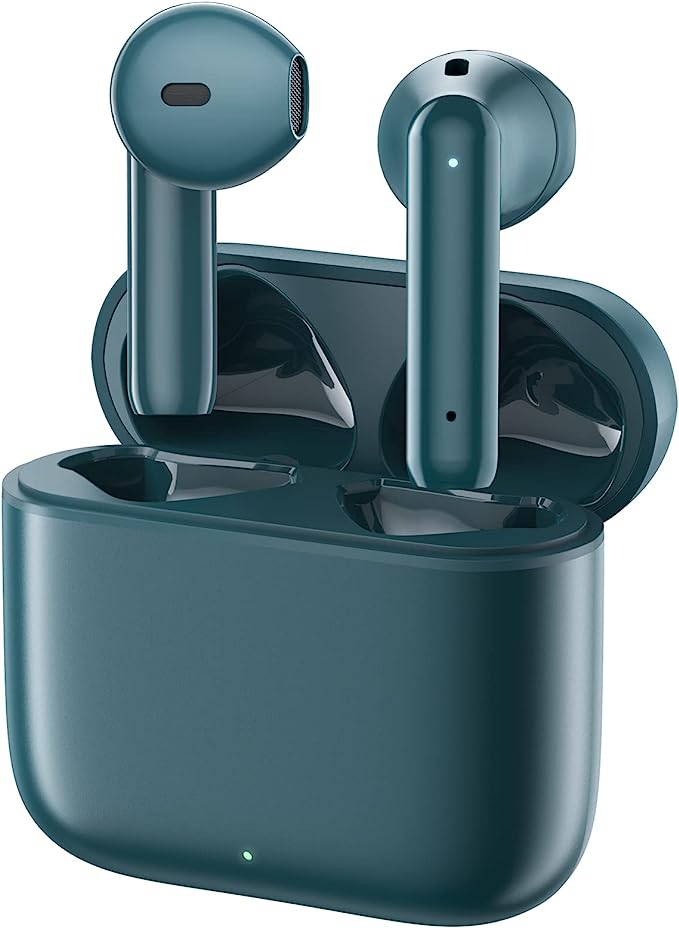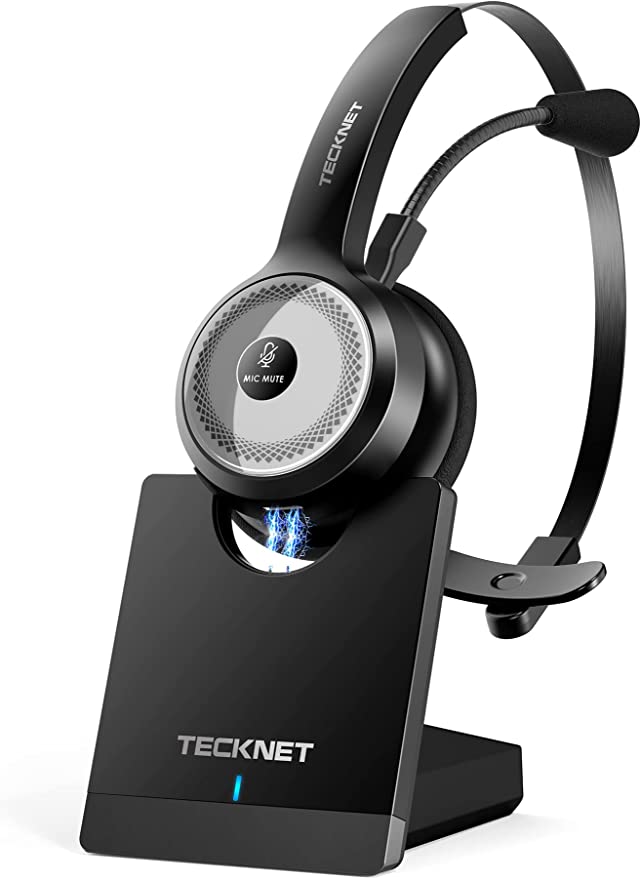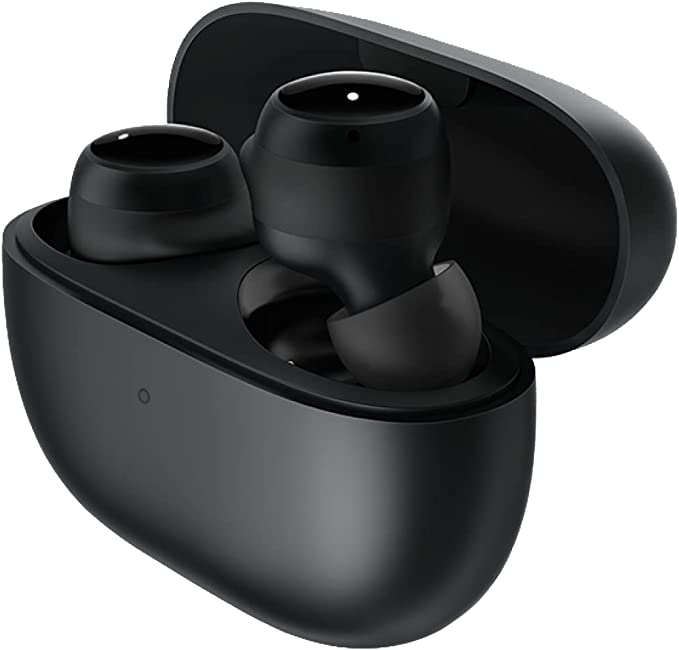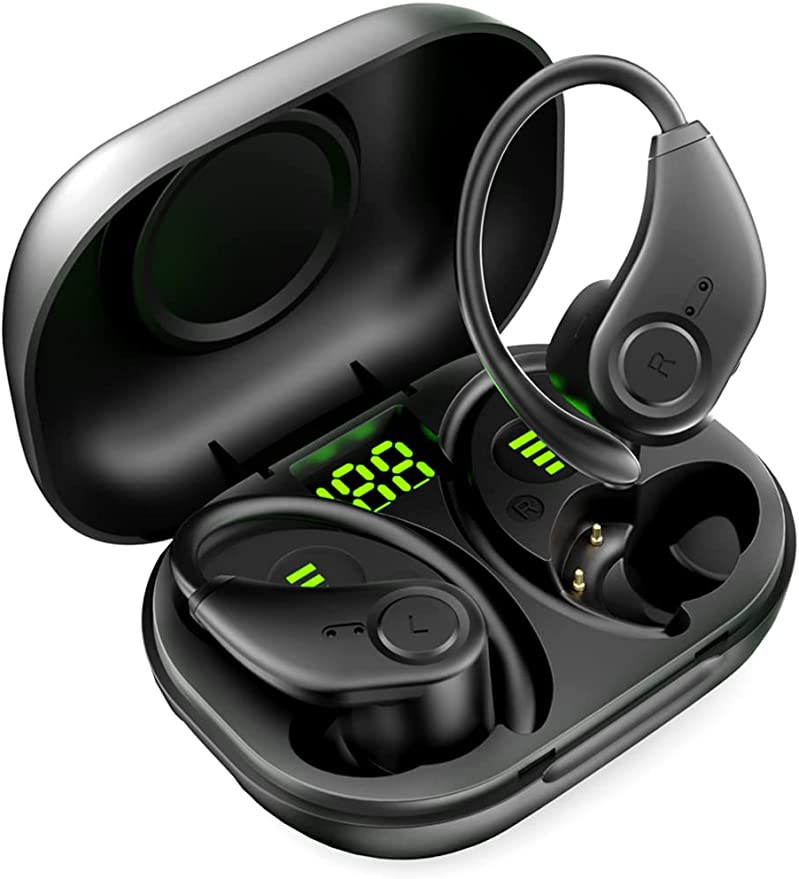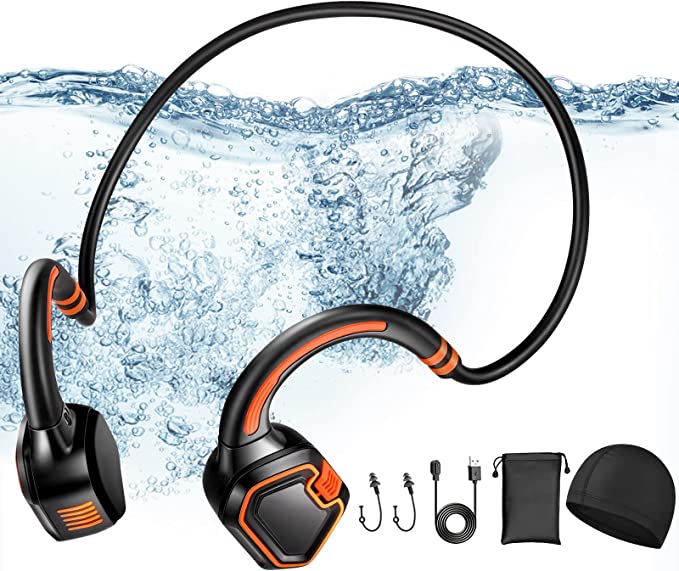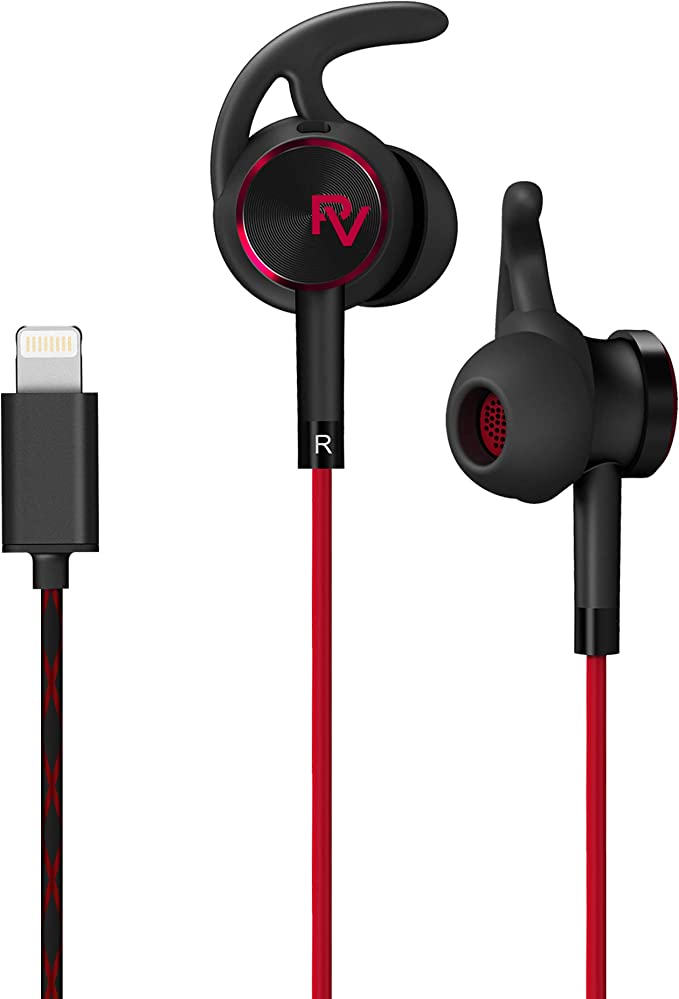The Physics of Flawless 3D Prints: How Desktop Machines Are Conquering Speed, Warping, and Precision
Update on Sept. 23, 2025, 3:41 a.m.
The promise of 3D printing has always been intoxicatingly simple: what you can imagine, you can hold. Yet, for years, the reality for hobbyists and professionals alike has been a protracted battle against the unyielding laws of physics. It’s a struggle defined by agonizingly slow print times, prints lifting off the bed like warped records, and the frustrating inconsistency that turns a ten-hour print into a ten-hour gamble. We’ve been told that speed, quality, and material strength are a triad of compromises—pick two, at best.
But what if that’s no longer true? What if the key to unlocking this trifecta wasn’t a single, magical breakthrough, but rather a symphony of clever engineering that fundamentally rewrites our relationship with the underlying science? The answer, it turns out, lies in a deeper understanding of motion, thermodynamics, and control theory.
To peer into this new era of desktop manufacturing, we’ll use a modern high-speed printer, the QIDI Q1 Pro, not as a subject of review, but as a lens. Through its design, we can dissect the elegant solutions engineers have devised to tame the very physical forces that have long held 3D printing captive.

Taming Inertia: The Elegant Dance of CoreXY Kinematics
The most visceral enemy of speed is inertia. As Sir Isaac Newton timelessly decreed, force equals mass times acceleration (F=ma). In traditional 3D printer designs, known as “bed slingers,” a heavy print bed shuttles back and forth along the Y-axis. Every change in direction requires immense force to overcome the combined inertia of the bed and the growing print. Push it too fast, and you’re rewarded with violent vibrations that manifest as “ghosting” or “ringing”—ugly, wavy artifacts that echo the machine’s frantic movements.
This is a brute-force approach to motion. The CoreXY kinematic system is the rapier to its club.
In a CoreXY machine, the print bed only moves vertically along the Z-axis. The real magic happens on the gantry above. The print head, or extruder, is controlled by a clever ballet of two long timing belts, both powered by motors that are fixed to the printer’s stationary frame. By coordinating the pull on these two belts, the machine can move the print head in any X or Y direction with incredible speed and precision.
The genius of this is the radical reduction in moving mass. Instead of slinging a heavy bed around, the motors only have to move the lightweight print head assembly. Revisiting Newton’s law, a dramatically smaller ‘m’ (mass) means you can achieve a far greater ‘a’ (acceleration) with the same amount of ‘F’ (force). This is precisely how a machine like the Q1 Pro can boast a staggering acceleration of 20,000 mm/s². It’s not just about hitting a top speed of 600 mm/s; it’s about the ability to get to that speed and change direction almost instantaneously without shaking itself apart.
But even this elegant mechanical design isn’t immune to physics. At these velocities, even the slightest vibration can ripple through the frame. This is where software intelligence steps in. Modern firmware like Klipper implements a technique called “Input Shaping.” It uses an accelerometer to measure the machine’s natural resonant frequencies—the specific frequencies at which it loves to wobble. The software then proactively generates inverse vibrations to cancel out these wobbles before they can ever mar the print’s surface. It’s a beautiful duet of hardware and software, a mechanical system so refined it can anticipate and erase its own imperfections.
Cracking the Code of Thermal Stress: Beyond the ‘Hot Box’
If inertia is the enemy of speed, then thermodynamics is the nemesis of strength and dimensional accuracy, especially when working with engineering-grade materials like ABS, ASA, or Nylon. Every 3D printing enthusiast who has tried these materials knows the pain of “warping”—where the corners of a print lift off the build plate, curling upwards as if in defiance.
This isn’t just a simple adhesion problem; it’s a battle happening at the molecular level. These materials are amorphous polymers. When extruded at high temperatures, their long molecular chains are in a relaxed, disordered state. As they cool, they contract. If this cooling happens too quickly or unevenly—the outer layers cooling faster than the core—immense internal stresses build up. These forces are powerful enough to physically bend the solid plastic, causing the print to warp and delaminate.
The traditional solution has been a simple enclosed printer, a passive “hot box.” But a truly effective solution requires more than just trapping waste heat. It requires active thermal management.
This is the principle behind the actively heated chamber. By using an independent heater to raise and hold the ambient temperature inside the printer to a specific, stable setpoint—for instance, the 60°C (140°F) chamber in the Q1 Pro—engineers are fundamentally changing the thermodynamic environment. This process does something remarkable: it keeps the entire part at a temperature near or above its “glass transition temperature” (Tg). This is the point where the material is no longer a rigid solid but not yet a liquid; it’s a pliable, rubbery state.
By keeping the print in this state throughout the printing process, the internal stresses are allowed to relax and dissipate gently and uniformly. It’s effectively a form of in-process annealing. When the print is finally finished and the chamber slowly cools, the entire object cools as one, minimizing the stress gradients that cause warping. Paired with a hotend capable of reaching 350°C to melt high-performance composites like carbon fiber nylon, this active thermal control is what finally allows a desktop machine to reliably produce parts with the mechanical properties and dimensional accuracy previously reserved for industrial systems.

The End of Error: The Evolution to Closed-Loop Control
For all the advancements in mechanics and materials, the reliability of a 3D printer has historically rested on a frustratingly analog and error-prone foundation: the first layer. The agonizing ritual of “leveling the bed” with a piece of paper, trying to achieve the perfect microscopic gap between nozzle and bed, has been a rite of passage and a major barrier to entry.
This manual process is a classic example of an “open-loop” system. The machine follows its instructions blindly, assuming the bed is perfectly flat and perfectly positioned. It has no way of knowing if it’s right or wrong.
The advent of fully automatic bed leveling represents a profound philosophical shift to a “closed-loop” system—a system that can sense its environment and correct its own errors.
Instead of relying on human judgment, a printer equipped with this technology, like the Q1 Pro with its dual sensors, uses a probe to physically touch down on multiple points across the build plate before a print begins. This process generates a high-resolution topographical map of the surface, recording every subtle peak and valley. It’s no longer assuming the bed is flat; it knows precisely what its geometry is.
During the print, the machine’s software uses this map to make thousands of micro-adjustments to the Z-axis in real-time. As the nozzle travels across a known low spot on the map, it moves infinitesimally closer to the bed; as it crosses a high spot, it moves away. It’s effectively painting the first layer onto a digitally perfected canvas. This isn’t just a convenience feature; it is the embodiment of a machine being given the senses to perceive reality and the intelligence to adapt to it, ensuring a flawless foundation for every single print.
A New Renaissance for Creation
The journey from a slow, unreliable hobbyist tool to a fast, precise desktop factory is not a story about one printer. It’s the story of a technological convergence. It’s about how elegant mechanical designs like CoreXY outsmarted the brute force of inertia. It’s how a deep understanding of thermodynamics transformed material weaknesses into predictable strengths. And it’s how the principles of automated control theory finally gave our machines the ability to see, understand, and self-correct.
Machines like the QIDI Q1 Pro are the tangible result of this evolution. They represent the democratization of advanced manufacturing, placing the power to create strong, beautiful, and complex objects quickly and reliably into the hands of more designers, engineers, entrepreneurs, and artists than ever before. The war against physics is not over, but on the battlefield of the desktop, we are finally, decisively, winning.


